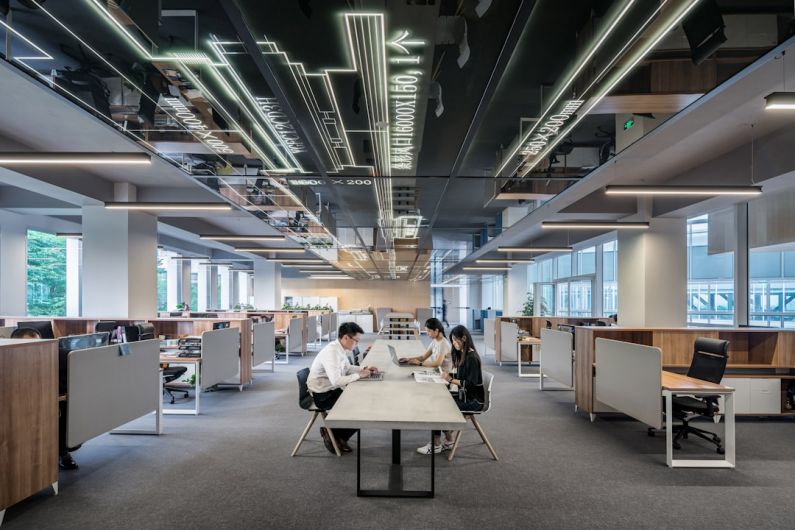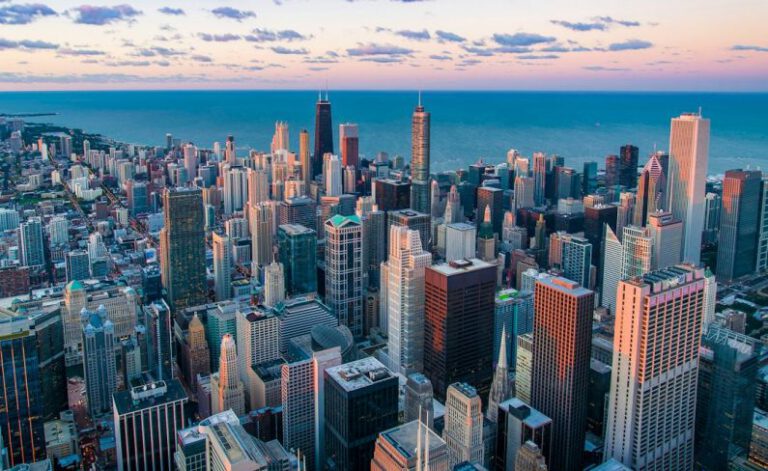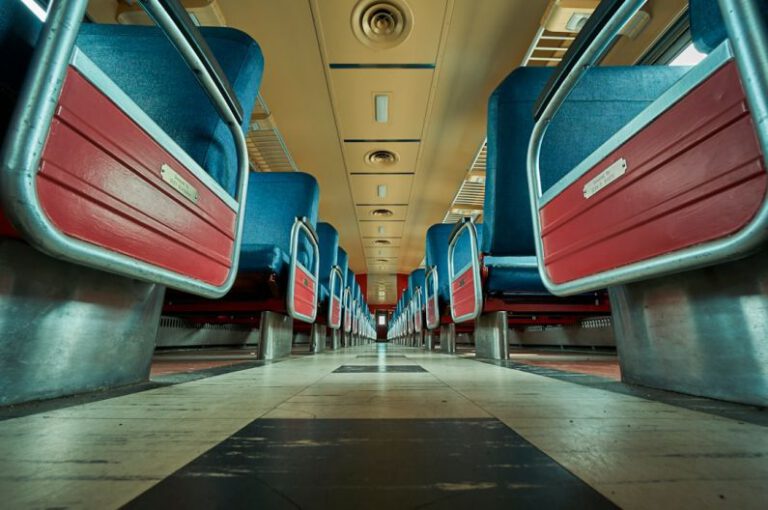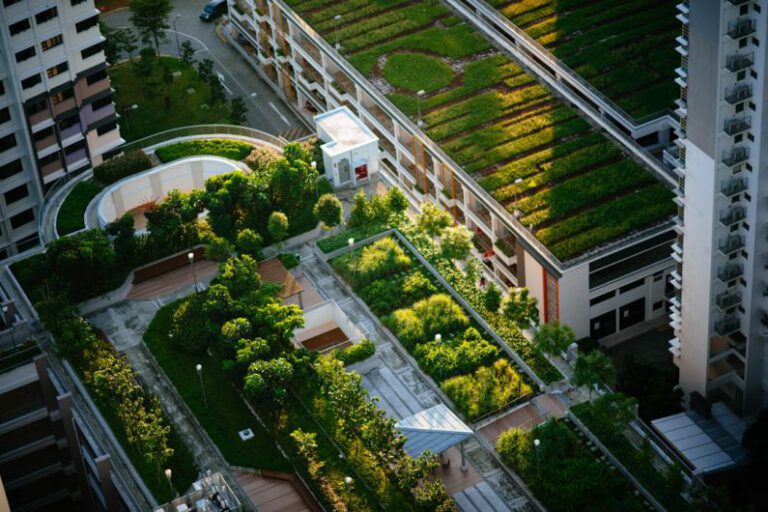Self-sustaining Buildings: Architecture of the Future
As technology advances and sustainability becomes an increasingly important consideration in the construction industry, the concept of self-sustaining buildings is gaining traction as the architecture of the future. These innovative structures are designed to operate independently of the grid, utilizing renewable resources to meet their energy needs and minimize their environmental impact. Self-sustaining buildings represent a shift towards more sustainable and efficient living spaces, offering a glimpse into the future of architecture.
The Rise of Self-Sustaining Buildings
Self-sustaining buildings, also known as autonomous or off-grid buildings, are designed to generate their own energy, manage their own waste, and regulate their own temperature without relying on external sources. This is achieved through the integration of various technologies such as solar panels, wind turbines, rainwater harvesting systems, and energy-efficient design principles. By harnessing renewable resources and incorporating smart building technologies, these structures can significantly reduce their carbon footprint and energy consumption.
Energy Efficiency and Renewable Technologies
One of the key features of self-sustaining buildings is their use of renewable energy technologies to generate power. Solar panels are a popular choice for harvesting energy from the sun, while wind turbines can be used to capture wind energy and convert it into electricity. These renewable technologies allow buildings to generate their own power on-site, reducing their reliance on traditional energy sources and lowering their operating costs over time.
In addition to generating energy, self-sustaining buildings also focus on energy efficiency through the use of innovative design strategies. Passive solar design, for example, utilizes the sun’s energy to heat and cool a building naturally, reducing the need for mechanical heating and cooling systems. By maximizing natural light, optimizing insulation, and incorporating energy-efficient appliances, self-sustaining buildings can further minimize their energy consumption and environmental impact.
Water Management and Waste Reduction
Self-sustaining buildings also prioritize water management and waste reduction as part of their sustainable design approach. Rainwater harvesting systems collect and store rainwater for non-potable uses such as irrigation, toilet flushing, and laundry, reducing the demand for municipal water sources. Additionally, greywater recycling systems can treat wastewater from sinks, showers, and appliances for reuse within the building, further conserving water resources and reducing overall consumption.
To minimize waste generation, self-sustaining buildings incorporate recyclable materials, implement composting systems, and prioritize durable, long-lasting construction materials. By reducing waste production and implementing recycling programs, these buildings can contribute to a more circular economy and reduce their environmental impact over time.
The Future of Architecture
Self-sustaining buildings represent a new paradigm in architecture, pushing the boundaries of design and technology to create more sustainable and resilient structures. As the threat of climate change looms large, the need for innovative solutions to reduce energy consumption and minimize environmental impact has never been more urgent. Self-sustaining buildings offer a glimpse into a future where buildings are not just spaces to inhabit but active participants in creating a more sustainable world.
In conclusion, self-sustaining buildings are paving the way for a more sustainable and efficient built environment. By harnessing renewable resources, optimizing energy efficiency, and prioritizing water management and waste reduction, these innovative structures offer a glimpse into the future of architecture. As technology continues to advance and sustainability becomes a top priority, self-sustaining buildings are set to become the new standard in architectural design, shaping a greener and more sustainable future for generations to come.






